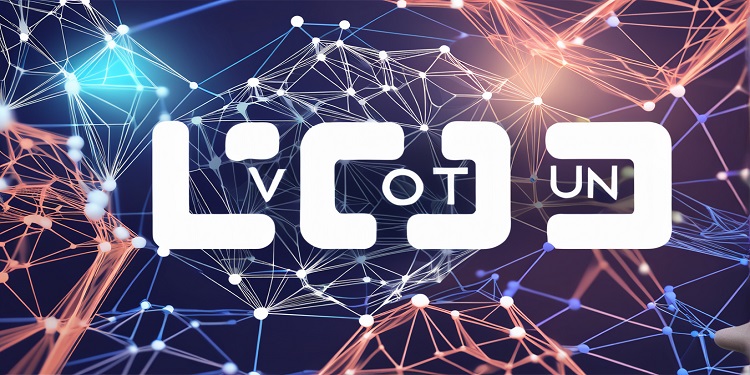 Ethereum, the second most renowned cryptocurrency in the market, has gained notoriety thanks to its vibrant community and frequent updates. While it shares its origins with Bitcoin, Ethereum stands out as a versatile tool rather than just a store of value. The continuous improvement of its blockchain has had a significant impact on Ethereum’s price, as it garners increased media attention.
Ethereum, the second most renowned cryptocurrency in the market, has gained notoriety thanks to its vibrant community and frequent updates. While it shares its origins with Bitcoin, Ethereum stands out as a versatile tool rather than just a store of value. The continuous improvement of its blockchain has had a significant impact on Ethereum’s price, as it garners increased media attention.
One of the latest updates for Ethereum addresses the critical aspect of resilience, vital for enhancing security. By ensuring the blockchain remains resilient in the face of challenges, it becomes better equipped to defend against cyber-attacks. To achieve this, the network is focused on improving how it handles competing blocks and enhancing its processing speed.
Several challenges need resolution to enable the blockchain’s smooth functioning without bias, ranging from censorship defense to safeguarding validators against attacks and slashing, which occurs when they are not operational for extended periods. The latest update introduces the concept of Distributed Validator Technology (DVT), designed to prioritize the high number of validators on the blockchain responsible for confirming transactions. With approximately 606,947 validators as of 2023, decentralizing them becomes crucial for improved efficiency. This is achieved by splitting a validator’s private key across multiple node operators, thereby distributing their responsibilities more effectively.
The roadmap, first highlighted by Ethereum co-founder Vitalik Buterin in 2021, outlines essential updates, including the milestone known as the Merge, which is yet to bring significant changes to the network still in its first era. Before advancing to the next stage, Ethereum must address the Obol and SSV aspects of the upgrade. The Obol Network will pave the way for DVT deployment, enabling the distribution of validators across operators, which prevents a single node from being a point of failure that hinders the blockchain’s productivity.
Ethereum’s resilience in the crypto market has enabled digital coins to attain genuine value, while its blockchain continues to offer solutions for real-world challenges. With improved security, Ethereum has found applications in providing access to financial services, tracking supply chains, and enhancing management productivity.
Overcoming tough times and scalability issues, Ethereum’s community-driven approach has made it one of the most resilient digital assets and tools. Notably, transitioning from Proof of Work (PoW) to Proof of Stake (PoS) greatly enhanced its efficiency. The Beacon Chain, introduced in 2020, facilitated staking, boosting security, and paving the way for sharding. Sharding, in turn, distributes the network’s load across shard chains to increase transaction throughput substantially.
Ethereum’s roadmap is a comprehensive approach to address various challenges. Among the awaited updates, the Verge aims to decrease the information validators need to store through Verkle trees, reducing the demand for expensive computational power. The Purge intends to remove unnecessary historical data and technical debt, reducing hardware requirements for node operators. Lastly, the Splurge update will tackle minor fixes to ensure the network runs smoothly once complex challenges are resolved.
Ethereum’s continuous development makes it one of the most efficient digital environments today. As its features grow in demand, it faces challenges of increased congestion and transaction fees. Nevertheless, the roadmap outlined by its founder ensures that Ethereum remains at the forefront of blockchain technology.








